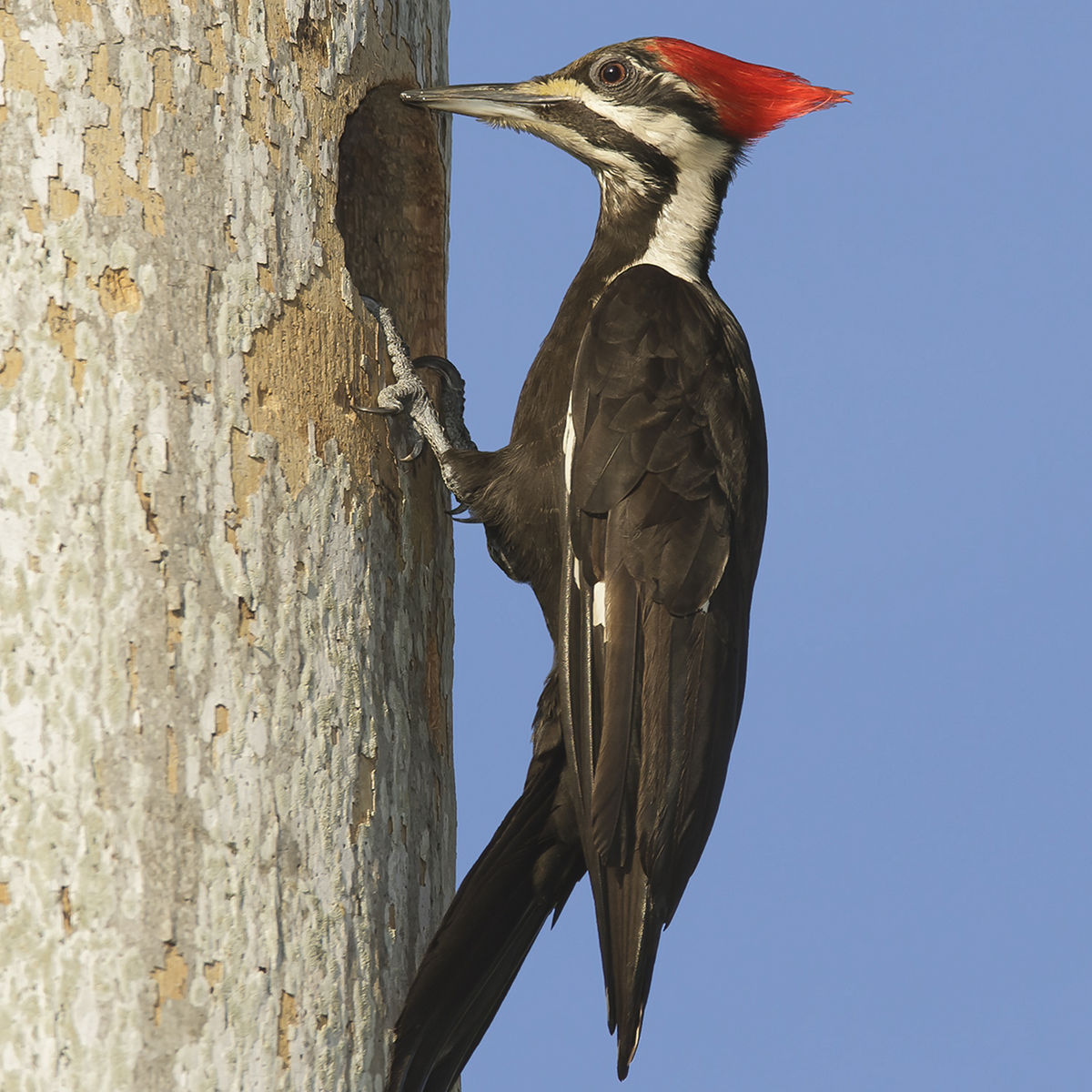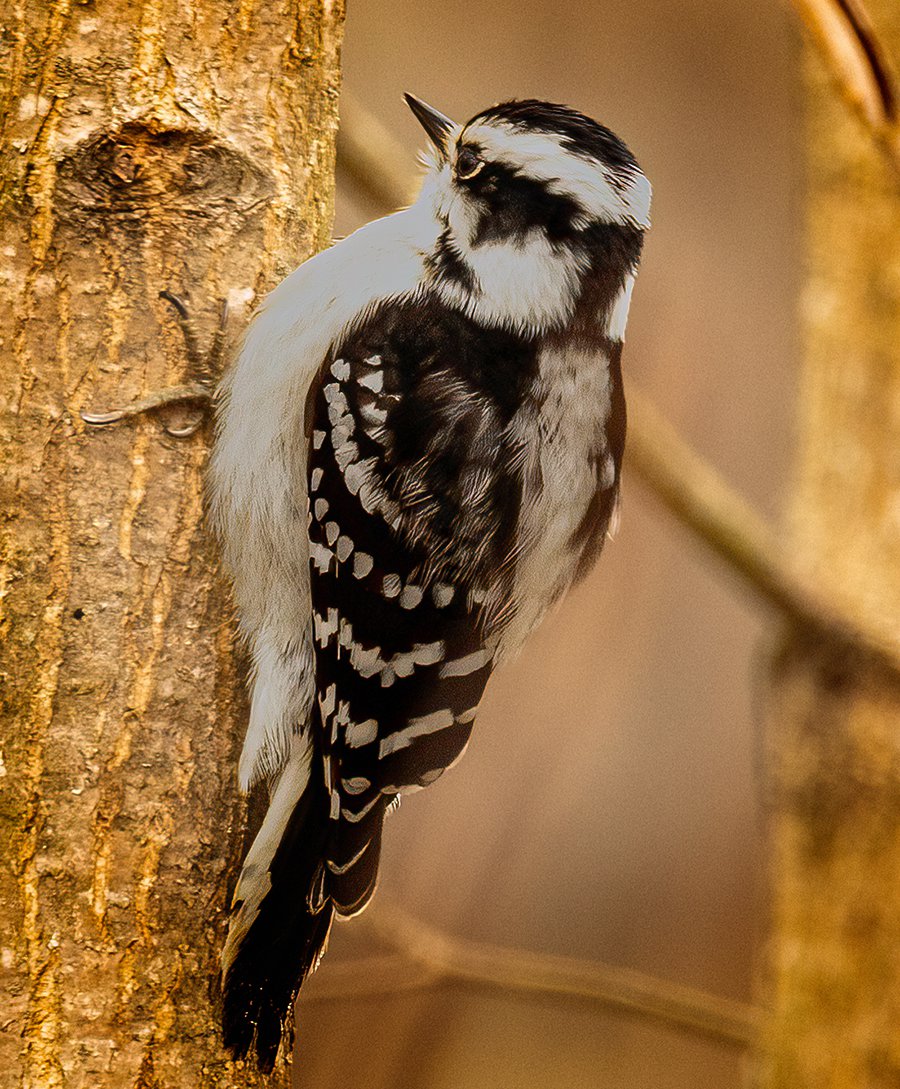Woodpeckers Unleashed: Exploring the Wonders of These Skilled Tree Mountain Climbers
Woodpeckers, with their distinct markings and rhythmic drumming resembling through wooded locations, hold an one-of-a-kind location in the bird globe. Their specialized composition and adaptations allow them to navigate upright surface areas with unmatched skill. However, their proficiency of tree climbing is just one aspect of their fascinating actions. As we explore the detailed details of woodpeckers' nesting habits, feeding strategies, and the continuous conservation initiatives to safeguard these remarkable birds, a much deeper gratitude for their area in nature unfolds.
Composition and Adaptations
When examining the composition and adjustments of woodpeckers, one can observe exceptional features that allow these birds to prosper in their specialized ecological specific niche. Woodpeckers are furnished with a suite of special physiological characteristics that help them in their woodpecking actions. One of one of the most prominent functions is their solid, chisel-like beak, which is specialized for exploration into timber to reveal bugs or develop nesting cavities. This beak is supported by solid neck muscles and a highly established head framework that acts as a shock absorber, enabling woodpeckers to repetitively eat trees without creating mind injury. Additionally, woodpeckers have zygodactyl feet, with 2 toes facing forward and 2 encountering in reverse, giving a company grasp on tree trunks while they search for food or drum for communication.
In addition, woodpeckers have an one-of-a-kind tongue structure that is long, barbed, and sticky, allowing them to draw out pests from gaps in timber. This customized adjustment enables woodpeckers to make use of a food resource that is unattainable to many various other bird varieties. Generally, the makeup and adaptations of woodpeckers showcase the exceptional evolutionary solutions that have actually allowed these birds to grow in their arboreal habitat.
Drumming Actions
Having discovered the composition and adaptations of woodpeckers, the focus now shifts to comprehending their drumming behavior, an unique element of their communication and territorial display screens. Drumming is a vital form of communication among woodpeckers, serving multiple purposes such as developing areas, attracting companions, and signaling alarm. Each woodpecker types has an one-of-a-kind drumming pattern that aids individuals recognize members of their very own species and identify them from competitors or killers.
Woodpeckers generate drumming noises by quickly pecking on resonant surface areas such as dead trees, utility posts, and even metal things, producing a series of rhythmic beats. The intensity and rate of drumming can vary based upon the function; for instance, a quick drumming sequence may signify aggressiveness in the direction of intruders, while a slower and softer drumming pattern can suggest courtship (Woodpeckers in Florida). Additionally, woodpeckers may change the frequency and period of their drumming to convey specific messages effectively
Nesting Behaviors
Checking out the nesting behaviors of woodpeckers exposes fascinating insights right into their reproductive behaviors and habitat selections. Woodpeckers are known for their special nesting choices, frequently digging deep into cavities in trees to develop protected spaces for increasing their young. These tooth cavities serve not just as a nesting website yet also as a protected sanctuary from predators and inclement weather.
Woodpeckers display a high degree of integrity to their nesting websites, frequently going back to the exact same area time after time. This behavior highlights the importance of suitable habitat availability for their reproductive success. The selection of a nesting site is essential for woodpeckers, with elements such as tree varieties, height, and degeneration phase playing substantial duties in their decision-making procedure.
Interestingly, some woodpecker types are recognized to dig deep into several tooth cavities within their area, offering themselves with alternate nesting choices. This technique may serve as a form of insurance policy versus possible dangers or disruptions to their main nesting site.

Feeding Strategies
One of the most distinct feeding actions of woodpeckers is drumming, which entails quick pecking on trees to uncover insects beneath the bark. Woodpeckers are also known to excavate cavities in trees to access covert insect larvae or sap. Some types, like the acorn woodpecker, store nuts in specifically produced holes called granaries.
Conservation Efforts
Amidst the intricate feeding methods displayed by woodpeckers, the conservation efforts targeted at guarding these remarkable birds play a crucial duty in protecting their habitats and populaces. Woodpeckers encounter why not find out more different risks to their survival, consisting of environment loss due to deforestation, environment modification altering see post their communities, and accidents with man-made frameworks such as buildings and vehicles - Woodpeckers in Florida. Preservationists are proactively working to resolve these difficulties and guarantee the long-term health of woodpecker types

Education and public understanding projects are also vital parts of woodpecker conservation efforts. By elevating recognition regarding the significance of these birds in maintaining healthy and balanced woodland environments, conservationists can gather support for environment conservation initiatives and advertise accountable land management techniques. With collaborative initiatives between researchers, policymakers, and neighborhood neighborhoods, we can interact to protect a future where website link woodpeckers thrive in their all-natural habitats.
Verdict
